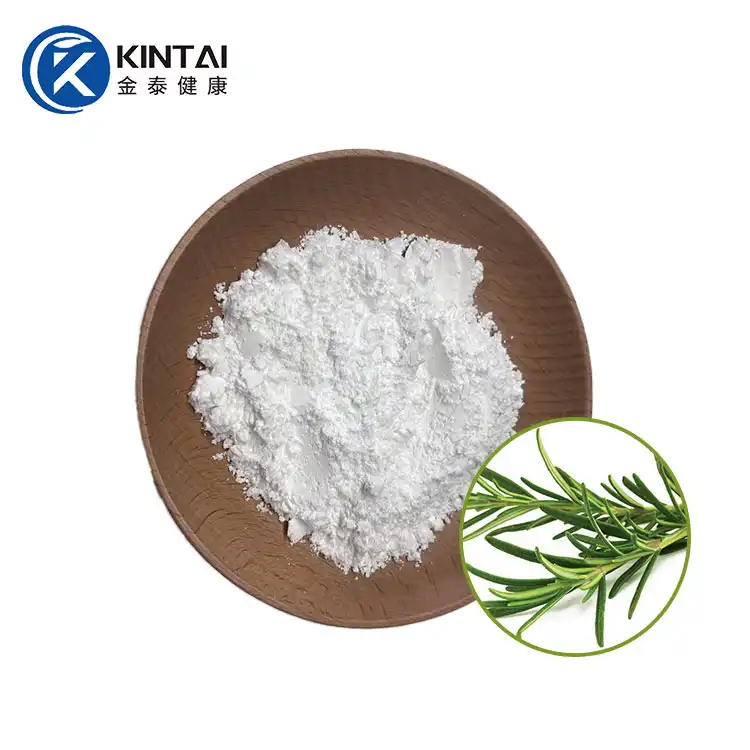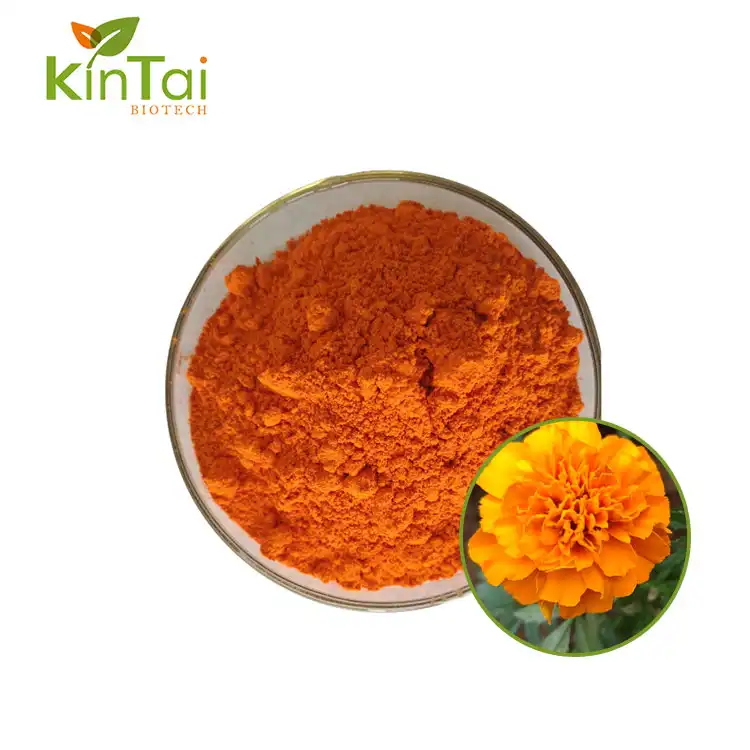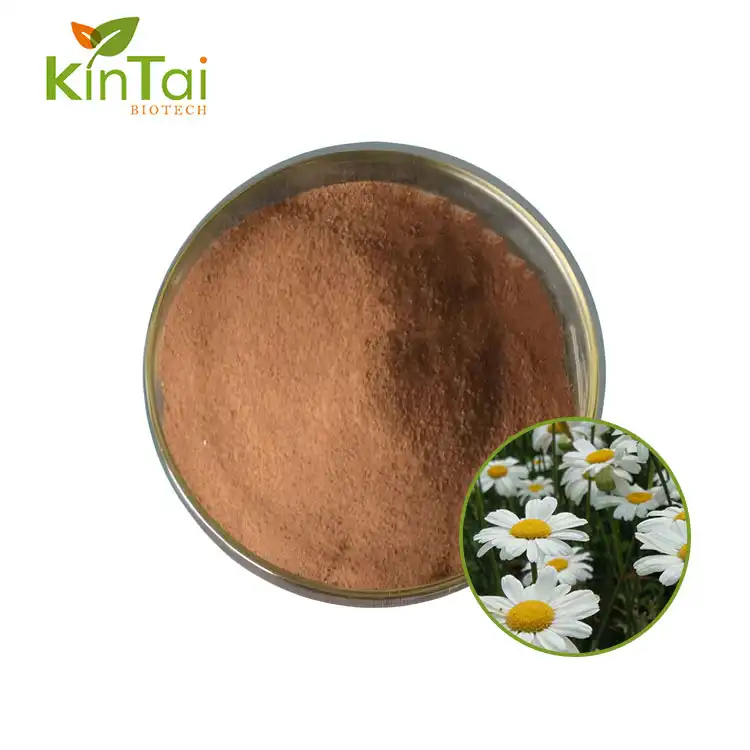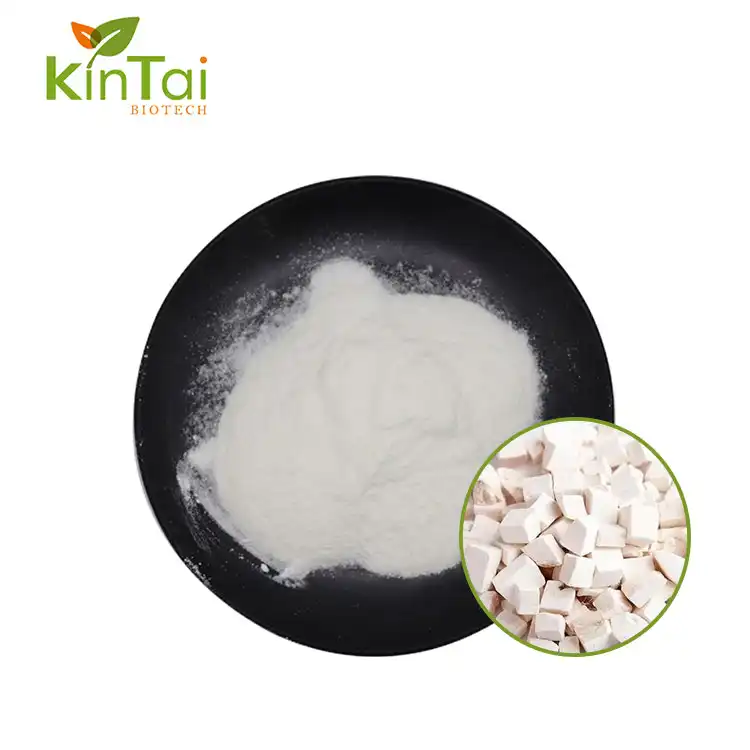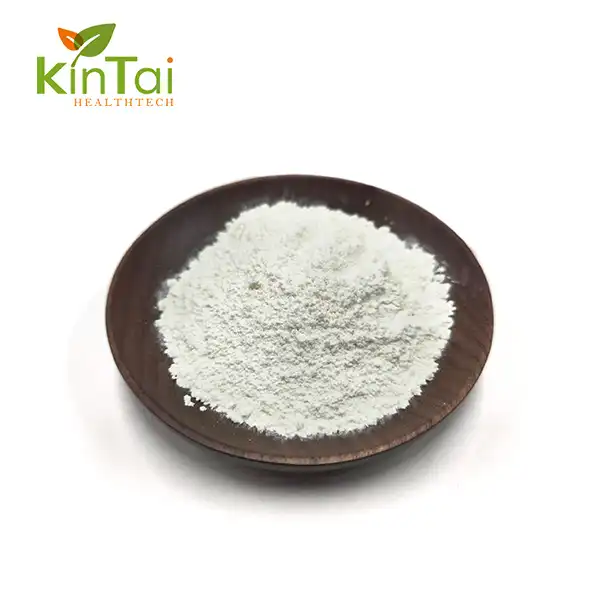How is Aconitum root extract extracted and processed?
2024-09-26 09:57:39
How is Aconitum root extract extracted and processed?
Aconitum root extract, got from the roots of the Aconitum plant, has been utilized for quite a long time in customary medication for its different medical advantages. The extraction and handling of it require exact strategies to guarantee its immaculateness and viability. In this article, I will dig into the extraction and handling procedures used to get top notch Aconitum root extract.
Introduction to Aconitum Root Extract
Beginnings and Natural Profile: Aconitum, normally known as monkshood or wolfsbane, is a variety of blossoming plants having a place with the Ranunculaceae family. It envelops various species tracked down across calm districts of the Northern Half of the globe, especially in hilly regions. The plant is described by its striking blue or purple blossoms and particular hood-like shape, subsequently its generally expected names.
Conventional Purposes: Over the entire course of time, different societies have used Aconitum root extract for its implied restorative properties. Customary Chinese Medication (TCM) and Ayurveda, the conventional medication arrangement of India, both component Aconitum in their pharmacopeias. It has been utilized to address a range of wellbeing concerns, including torment the board, irritation, and circulatory issues.
Dynamic Mixtures: It harbors an intricate exhibit of bioactive mixtures, outstandingly including alkaloids, for example, aconitine, mesaconitine, and hypaconitine. These alkaloids are accepted to present the plant's helpful impacts yet in addition add to its harmfulness while perhaps not appropriately handled.
Current Applications: In contemporary times, Aconitum root extract keeps on spellbinding specialists and professionals the same for its expected restorative properties. While its conventional purposes persevere, present day science has revealed insight into extra regions where the extract might offer advantages, remembering its conceivable job for supporting cardiovascular wellbeing, reducing neuropathic torment, and balancing safe capability.

Extraction Methods
Maceration: Maceration involves soaking the Aconitum roots in a solvent, typically ethanol or water, for an extended period to allow the active compounds to dissolve. This method is relatively simple and cost-effective but may require a longer extraction time to achieve optimal yields.
Percolation: Percolation entails passing a solvent through a bed of Aconitum roots, allowing for more efficient extraction compared to maceration. The solvent trickles through the plant material, gradually dissolving the desired compounds as it percolates downward. Percolation can be automated, offering greater control over the extraction process and shorter extraction times.
Soxhlet Extraction: Soxhlet extraction is a continuous extraction method that involves repeatedly cycling a solvent through a sample using a Soxhlet extractor apparatus. The solvent vaporizes and condenses, collecting dissolved compounds from the Aconitum roots in the process. This method is particularly effective for extracting heat-sensitive compounds and can yield high extraction efficiencies.
Ultrasound-Assisted Extraction (UAE): UAE utilizes ultrasound waves to enhance the extraction process by promoting the release of active compounds from the Aconitum roots. The mechanical effects of ultrasound disrupt cell walls, facilitating the transfer of compounds into the solvent. UAE can reduce extraction times and improve extraction yields compared to conventional methods.
Supercritical Fluid Extraction (SFE): SFE utilizes supercritical fluids, such as carbon dioxide (CO2), as the extraction solvent. Under specific temperature and pressure conditions, CO2 becomes a supercritical fluid with properties intermediate between a gas and a liquid. SFE offers several advantages, including selective extraction of target compounds, minimal solvent residue, and environmental sustainability.
Quality Control and Processing
Raw Material Authentication: Before processing, it's essential to verify the identity and quality of the Aconitum roots. This may involve botanical authentication to confirm the species and visual inspection to assess the roots' integrity and absence of contamination.
Cleaning and Preparation: The Aconitum roots undergo thorough cleaning to remove dirt, debris, and extraneous matter. This step helps prevent contamination and ensures the purity of the extract. The cleaned roots may be sliced or powdered to facilitate extraction.
Extraction Optimization: Extraction parameters such as solvent type, temperature, pressure, and extraction time are optimized to maximize the yield of bioactive compounds while minimizing the extraction of unwanted constituents. Process validation ensures consistency and reproducibility.
Solvent Removal and Concentration: After extraction, the solvent is removed from the extract using techniques such as rotary evaporation or vacuum distillation. Concentration methods may be employed to increase the potency of the extract by reducing its volume and solvent content.
Purification: Purification steps, such as filtration, chromatography, or crystallization, may be employed to remove impurities, unwanted compounds, or solvent residues from the extract. These processes improve the extract's purity and safety.
Standardization: Standardization involves quantifying the concentration of key bioactive compounds in the extract, such as alkaloids or other marker compounds. This ensures consistency between batches and allows for accurate dosing in formulations.
Standardization and Formulation
Standardization: Standardization involves ensuring that the Aconitum root extract contains consistent levels of specific bioactive compounds, typically target compounds known to contribute to its therapeutic effects. This process allows manufacturers to guarantee the potency and quality of their products from batch to batch. Commonly standardized compounds in it may include alkaloids such as aconitine, mesaconitine, and hypaconitine. Standardization is achieved through careful selection of raw materials, optimization of extraction processes, and analytical testing to quantify the concentration of target compounds. High-performance liquid chromatography (HPLC) or other analytical methods are often employed for this purpose.
Formulation: Formulation involves blending the standardized it with other ingredients to create finished products such as herbal supplements, tinctures, creams, or capsules. The choice of formulation depends on factors such as the intended use, desired dosage form, and target market. Excipients, preservatives, flavorings, and other additives may be incorporated to improve stability, bioavailability, and palatability of the final product. Formulation development considers factors such as compatibility of ingredients, manufacturing processes, regulatory requirements, and consumer preferences. Quality control measures are implemented throughout the formulation process to ensure product uniformity, safety, and efficacy.
Dosage Determination: Establishing the appropriate dosage of Aconitum root extract-based products is crucial to ensure efficacy while minimizing the risk of adverse effects. Dosage recommendations may vary depending on factors such as the product's intended use, the concentration of active compounds, and individual patient characteristics. Clinical studies, traditional usage patterns, and regulatory guidelines inform dosage determination. Manufacturers provide clear dosing instructions on product labels or packaging to guide consumers in safe and effective usage.
Safety Considerations: Aconitum root extract contains potent alkaloids that can be toxic if consumed in excessive amounts or improperly processed. Therefore, stringent safety measures must be implemented throughout standardization and formulation processes to mitigate the risk of adverse effects. Quality control testing, including screening for contaminants and monitoring alkaloid levels, helps ensure product safety. Clear labeling, warning statements, and consumer education are essential to promote responsible usage and prevent misuse or accidental ingestion.
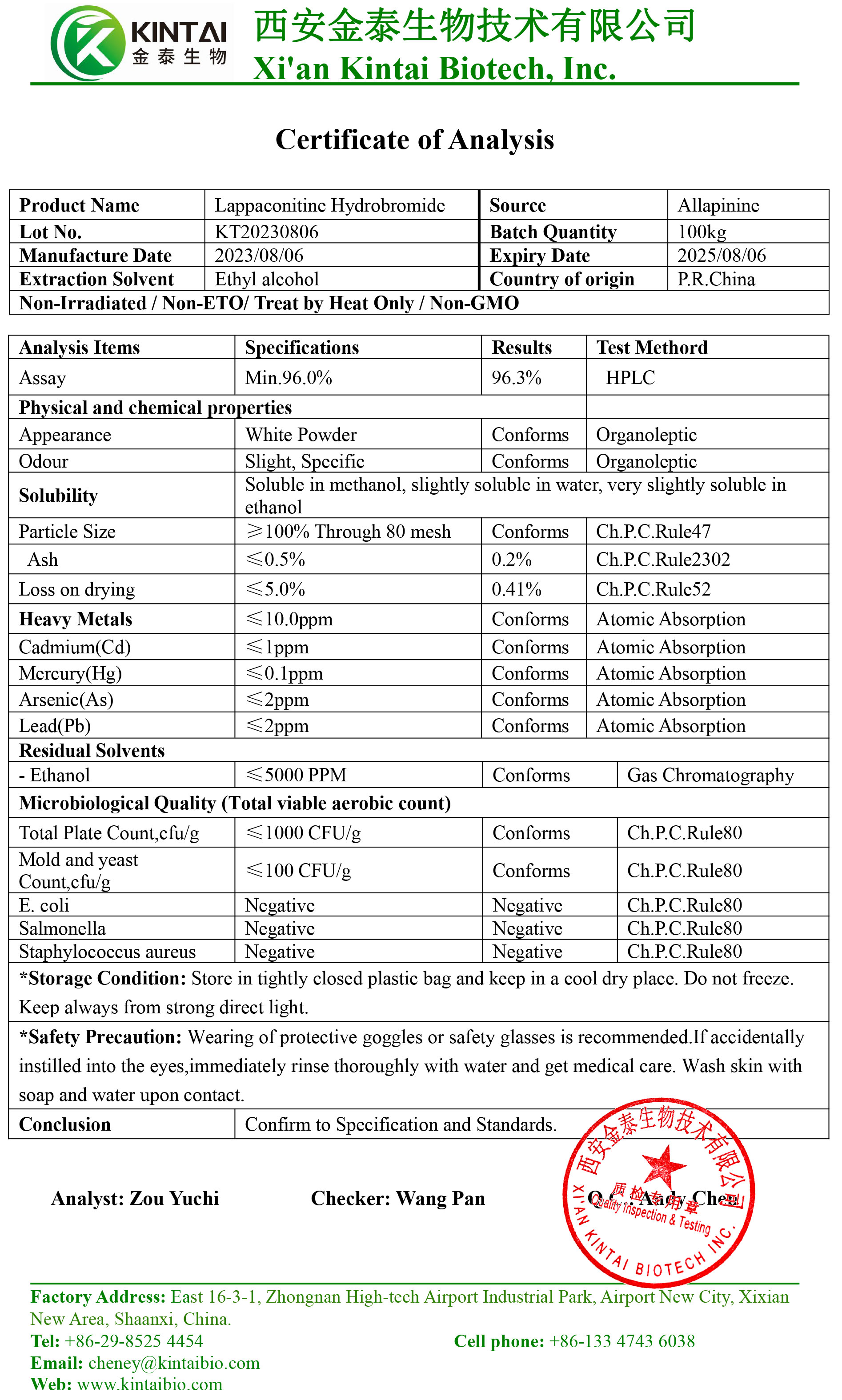
Safety Considerations
Despite its medicinal benefits, it can be toxic if not used properly. The presence of potent alkaloids, particularly aconitine, necessitates caution in dosage and administration. Consumers should only use it under the guidance of a qualified healthcare practitioner, and products should be labeled with appropriate warnings and instructions for safe use.
Conclusion
In conclusion, the extraction and processing of Aconitum root extract require specialized techniques to ensure its purity, potency, and safety. By adhering to strict quality control measures and standardized procedures, manufacturers can produce high-quality Aconitum root extract for use in traditional medicine and herbal remedies. However, it is essential for consumers to exercise caution and seek professional advice when using it due to its potential toxicity.If you want to learn more about Aconitum root extract, welcome to contact us: info@kintaibio.com.
References:
"Aconitum napellus L." - National Center for Biotechnology Information. https://pubchem.ncbi.nlm.nih.gov/compound/Aconitine
"Monkshood (Aconitum napellus)" - National Institutes of Health. https://www.ncbi.nlm.nih.gov/pmc/articles/PMC6361904/
"Aconitum carmichaelii Debeaux" - World Health Organization. https://www.who.int/medicines/areas/traditional/En_Chapter_5.pdf
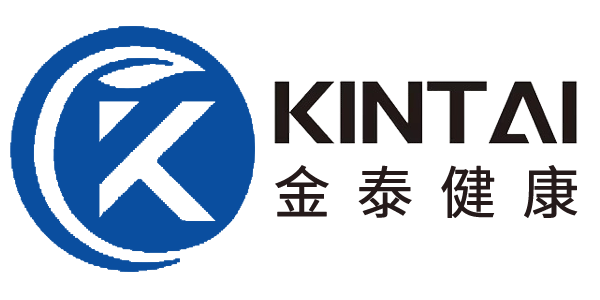
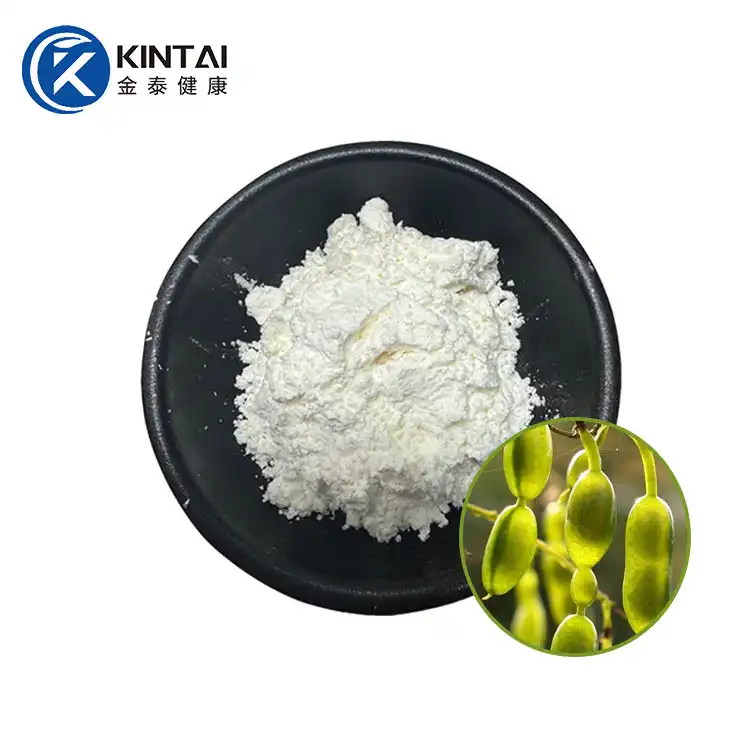
_1759042872414.jpg)

